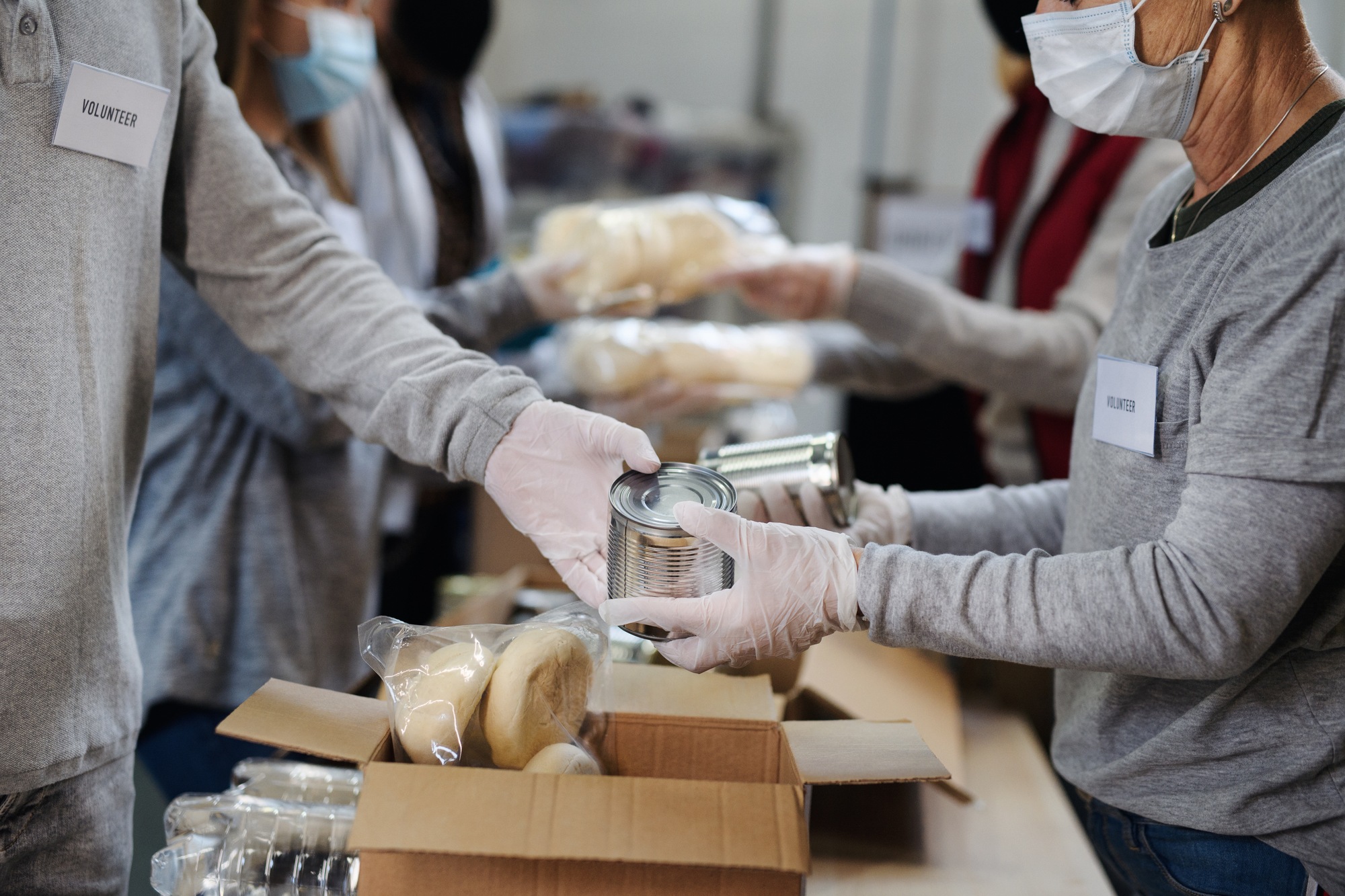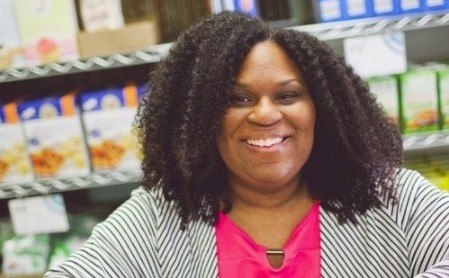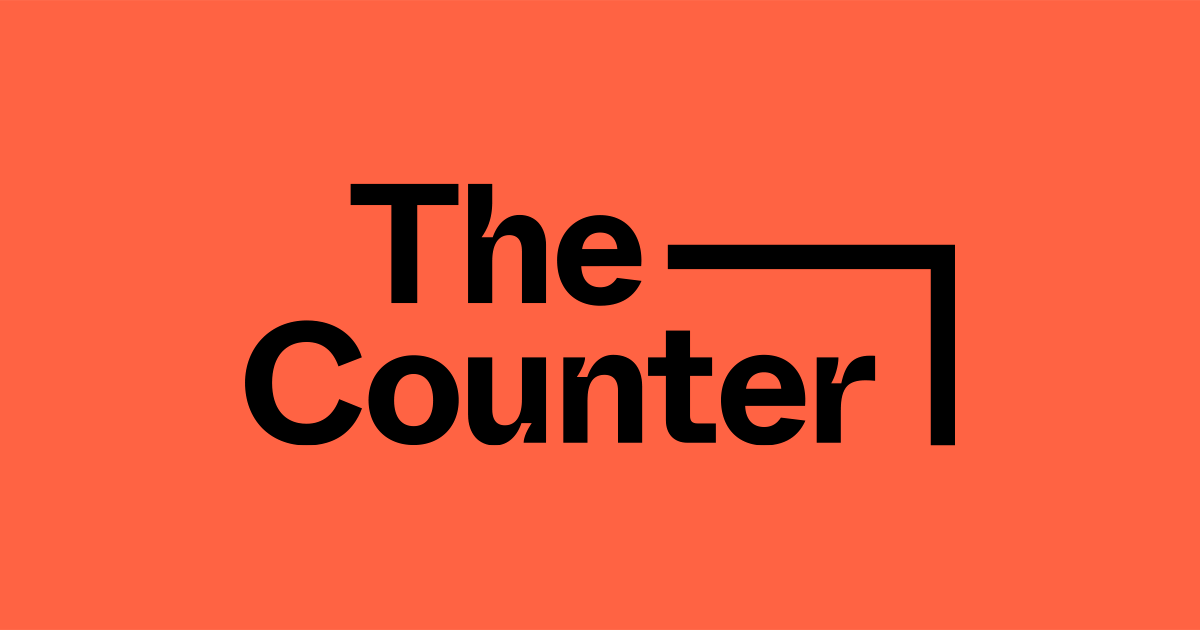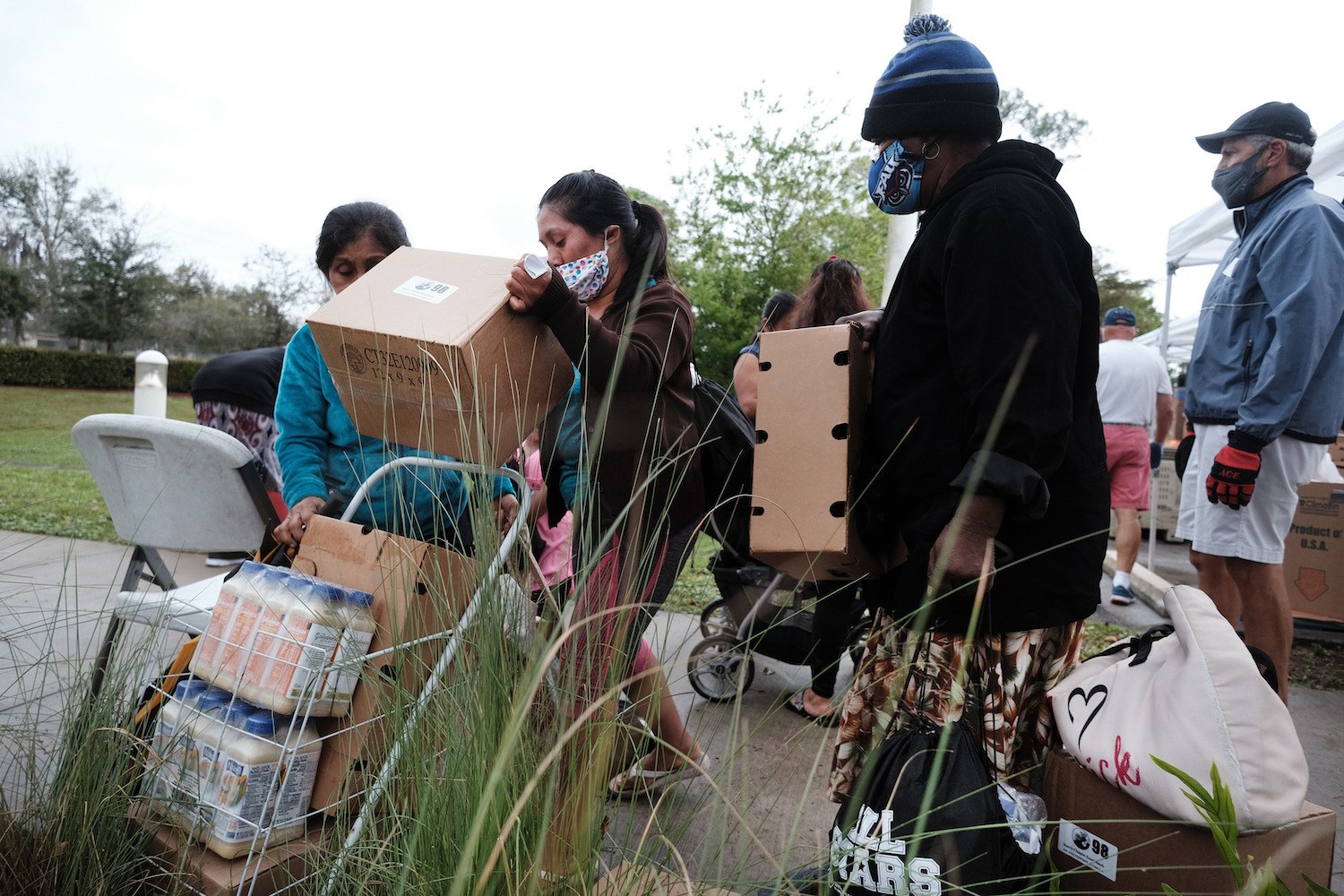
iStock
The charitable food sector rarely accommodates people with dietary restrictions, an issue that affects communities of color at a higher rate.
This article is republished from Food Bank News, whose mission is to end hunger by advancing best practices in hunger relief. You can read the original article here.
The fourth in a series of articles on food equity, aimed at promoting the value and practice of providing access to healthy food for all. Produced with support from Winter-Lehman Family Foundation.
Food equity often has to do with eliminating barriers in how people access food. For Emily Brown, food equity also means addressing food allergies.
About 32 million people in the United States have food allergies. Two of those are Brown’s daughters, who were diagnosed with multiple food allergies as toddlers. Brown’s experience of trying to provide her family with specific foods on a limited budget led her to create the Food Equality Initiative, which supplies free food to people with dietary conditions like allergies and celiac disease.
“Special dietary needs should not be considered an afterthought” in hunger relief, Brown said.
Brown surely felt as if her family’s needs were an afterthought when she went to a Kansas City-area food pantry about seven years ago, seeking food her daughters could eat, and came away with only two potatoes and a jar of salsa.

Emily Brown, Founder of the Food Equality Initiative.
Food Bank News
Driven to start the Food Equality Initiative in response as her “own supplemental nutrition program,” Brown is facing down the many severe conditions that food-insecure, food-allergic people face.
For starters, the food available to them is often much more expensive, with markups ranging from 100% to 1,000%. “SNAP dollars don’t go nearly as far if you need food that costs two to four times as much,” Brown noted.
Federal programs like WIC provide only limited ability to substitute in allergy-proof foods, and school districts can be uneven in their approach to modifying school meals, with many having abandoned the effort all together during the pandemic, Brown said.
“Special dietary needs should not be considered an afterthought [in hunger relief].”
Also, the charitable food sector is not really geared up to accommodate people who need to avoid gluten (in the case of celiac) or other allergens. Brown has identified only a handful of pantries that accommodate dietary restrictions, including Garden of Health Food Bank and The Rachel Way, both in Pennsylvania, and SAFE Food Pantry, based in Maryland. Porchlight Community Services of San Diego is another.
Finally, food allergies have emerged as a matter of racial justice, with those in the Black community shown to be 7% more likely to have dietary limitations, Brown said. “The most burdened are patients of color and those who lack resources,” she said.
Brown first addressed these issues by partnering with local pantries to negotiate space for allergen-free food and provide training and support to pantry volunteers. But the limited hours of pantry operations and transportation barriers led her to explore the ability to order food from an online marketplace, in keeping with a growing number of other pantries and food banks around the nation.
Food allergies have emerged as a matter of racial justice, with those in the Black community shown to be 7% more likely to have dietary limitations.
Brown moved the operation fully online at the onset of Covid and has not looked back since. Families can order $155 worth of specific food and have a box of about 43 items delivered to their door within two days. “Clients are so grateful,” she said. “The box comes to the door like any other delivery, so there’s no stigma. It’s more dignified.”
While the operation is scalable, the marketplace is serving mostly only people in the Kansas City area, about 150 people in all. While that’s more people served than ever before, Brown estimates it represents barely 1% of the overall need throughout the country.
Already, doctors at local hospitals, who recognize the difficulty of finding safe food, are seeking to refer their patients to the Food Equality Initiative. Brown is working with hospitals to raise funds so her service can become available to more people, with the ultimate goal of getting it covered by insurers as a Food is Medicine intervention.
Already, doctors at local hospitals, who recognize the difficulty of finding safe food, are seeking to refer their patients to the Food Equality Initiative.
“We look at this as truly an unmet medical need,” she said.
Her advocacy includes regular outreach to major health centers in Kansas City and across the country, and service on several committees at the local children’s hospital to help document the need. Already, her work has helped advance some substitutes in the WIC program, which she describes as a “small win.”
Looking forward, Brown would like to see additional policy changes in the federal nutrition programs. She is also a “huge advocate” of food banks and food pantries allocating funding for allergen-free food in their budgets.
While Brown’s mission has grown, it started as a highly personal endeavor. “As a mom, all I ever wanted was for my kids to be happy and healthy,” she said. “That’s why I do the work I do.”


